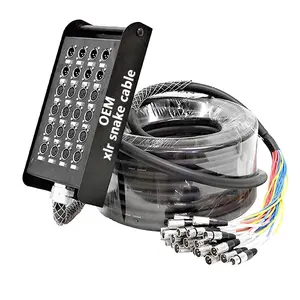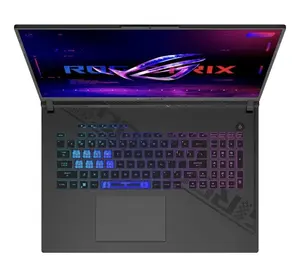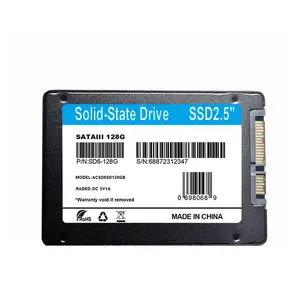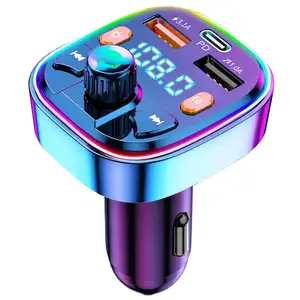Popular in your industry
























































Top categories
About metal tilt rod
Metal Tilt Rod: An Essential Component in Various Industries
Metal tilt rods are integral components in a wide array of industrial applications. These rods, crafted from durable metals, serve as pivotal elements in systems requiring precise angular movement or adjustment. In this detailed overview, we explore the various aspects of metal tilt rods, their types, applications, and features, ensuring that buyers can make informed decisions without the influence of promotional content.
Types and Features of Metal Tilt Rods
Metal tilt rods come in several forms, each tailored to specific industrial needs. Stainless steel tilt rods are renowned for their corrosion resistance and strength, making them suitable for harsh environments. On the other hand, carbon steel tilt rods offer a balance of durability and cost-effectiveness for budget-conscious projects. Each type of metal tilt rod boasts unique features such as tensile strength, flexibility, and resistance to environmental factors, which are critical in applications ranging from construction to precision engineering.
Applications of Metal Tilt Rods
The application of metal tilt rods spans numerous sectors. In construction, reinforcing tilt rods are essential for providing stability and support to structures. The automotive industry utilizes adjustable tilt rods for steering mechanisms and alignment purposes. Furthermore, these rods play a crucial role in the manufacturing of textiles, where precision tilt rods are employed for equipment alignment and adjustment.
Material Composition and Advantages
The material composition of metal tilt rods significantly contributes to their advantages. For instance, austenitic stainless steel rods, which include alloys like 304, offer excellent weldability and strength due to the addition of nickel and chromium. Ferritic varieties such as 430 stainless steel are magnetic and commonly used in environments where corrosion resistance is paramount, such as in food production facilities. The choice of material affects the rod's performance, longevity, and suitability for specific environments.
Selecting the Right Metal Tilt Rod
Selecting the appropriate metal tilt rod requires consideration of the rod's profile, diameter, and shape. Options include round and square profile rods, each serving different structural functions. T or I-shaped rods are optimal for construction support, while U-channel rods are often selected for creating industrial enclosures. It is essential to match the rod's specifications with the intended application to ensure compatibility and performance.
Conclusion
In conclusion, metal tilt rods are versatile components that cater to a multitude of industrial needs. With a variety of materials and types available, these rods are designed to meet the demands of different applications while offering durability and strength. By understanding the specific features and advantages of each type, buyers can make informed decisions to fulfill their industrial requirements.


































